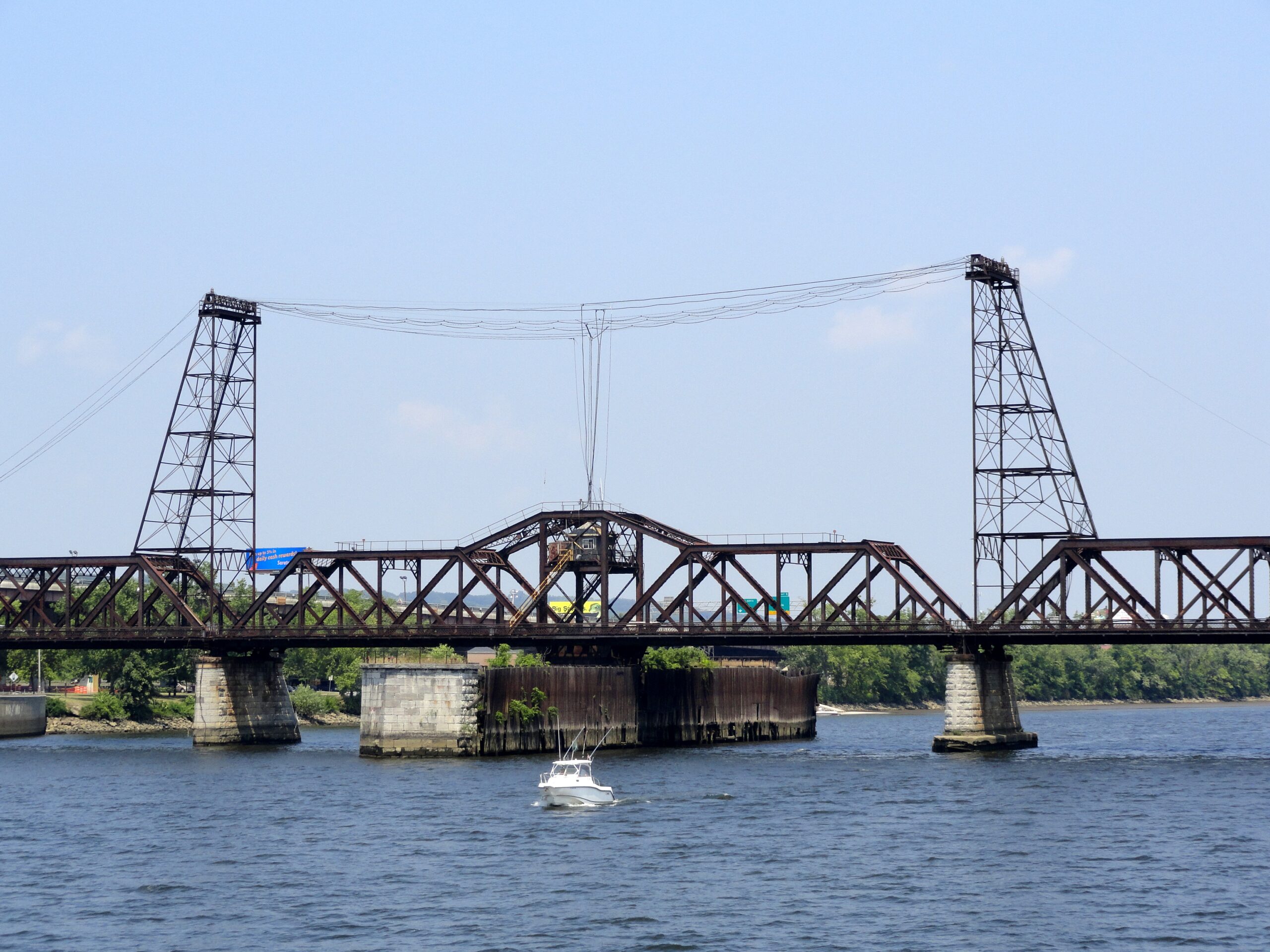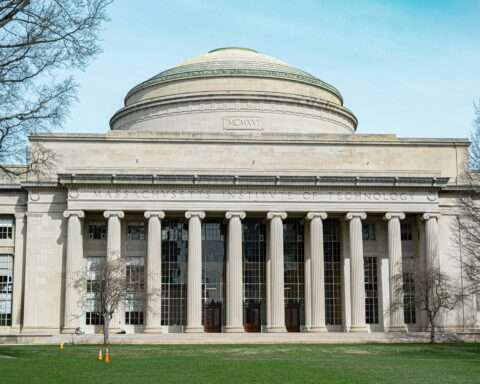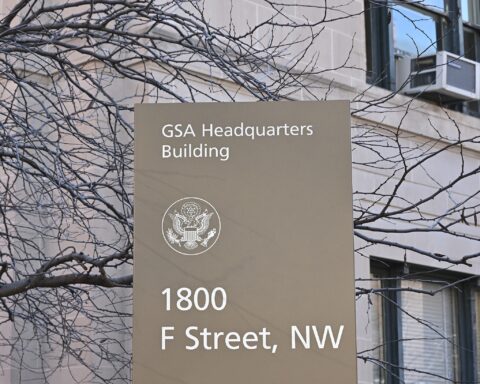The U.S. Department of Transportation (DOT) is committing $215 million to replace a Civil War-era bridge in Albany, New York. The federal grants will support the replacement of Livingston Avenue Bridge and ease the commute for drivers between Albany and Rensselaer.
The New York State Department of Transportation (NYSDOT) will utilize grants from the DOT’s Federal Railroad Administration (FRA) to further the Livingston Avenue Bridge replacement project. The federal grants, allocated from the FRA’s Consolidated Rail Infrastructure and Safety Improvements (CRISI) Program, will support the project as it is poised to improve travel efficiency and passenger safety, reconnect communities and foster economic opportunity.
In addition to federal CRISI funding, the bridge replacement project will utilize an estimated $419.7 million in state funding from NYSDOT’s $33 billion, five-year Statewide Transportation Improvement Program (STIP).
Originally opened in 1865 and renovated to its current iteration in 1901, the Livingston Avenue Bridge is a vital link for passenger rail service along the federally recognized 463-mile Empire Corridor. The existing bridge offers New York’s only upstate passenger rail crossing of the Hudson River.
Today, the Livingston Avenue Bridge has reached the end of its serviceable life. It currently serves 12 Amtrak trains and up to six freight trains daily, but cannot meet current requirements for load, height and speed. As many of the bridge’s supporting elements haven’t been renovated in over 150 years, the bridge’s current limitation only allows for one train to cross at a time at a maximum speed of 15 miles per hour, which leads to frequent delays and congestion.
RELATED: Rhode Island awarded $221 million in federal funding for Washington Bridge replacement
The $634.8 million bridge replacement project’s key initiative includes the construction of a seven-span, lift-type bridge that would utilize cables, pulleys, motors and/or counterweights to raise a section of the bridge for maritime traffic. The new bridge will be constructed span-by-span alongside the existing structure until the final span is floated in, which would close both rail and seabound traffic.
The new bridge would allow these locomotives to operate without restrictions on height, speed or weight and would offer a safer, more reliable route for passengers and freight going forward.
Adhering to modern standards, the new bridge will feature increased width and capacity to accommodate heavier freight loads. It will also facilitate simultaneous passage of two commuter trains and the inclusion of taller rail cars that will improve rail operations’ efficiency.
For pedestrians and cyclists, the new widened bridge will also feature a multi-use bicycle and pedestrian pathway to improve multimodal transportation options in the region.
As the new Livingston Avenue Bridge is being built adjacent to the existing structure, rail service will still be available to passengers on the old bridge. Without this continuing rail service and viability of the existing bridge, passengers would have to take up to a two-and-half hour detour to travel between the two communities, according to project officials.
Site preparation and initial construction on the bridge project began earlier this summer. NYSDOT officials anticipate major construction will begin in early 2025 and will last until 2028.
“The Livingston Avenue Bridge is a relic of the 19th century that has been causing hardships for rail passengers in New York State for far too long,” NYSDOT Commissioner Marie Therese Dominguez said in a press release. “I am grateful to all our federal partners for their assistance and support of this transformational project that will improve passenger and freight rail service throughout the corridor and will also provide new recreational opportunities for pedestrians and cyclists enjoying the beauty of the Capital Region.”
Photo courtesy Caseyjonz, Public domain, via Wikimedia Commons













